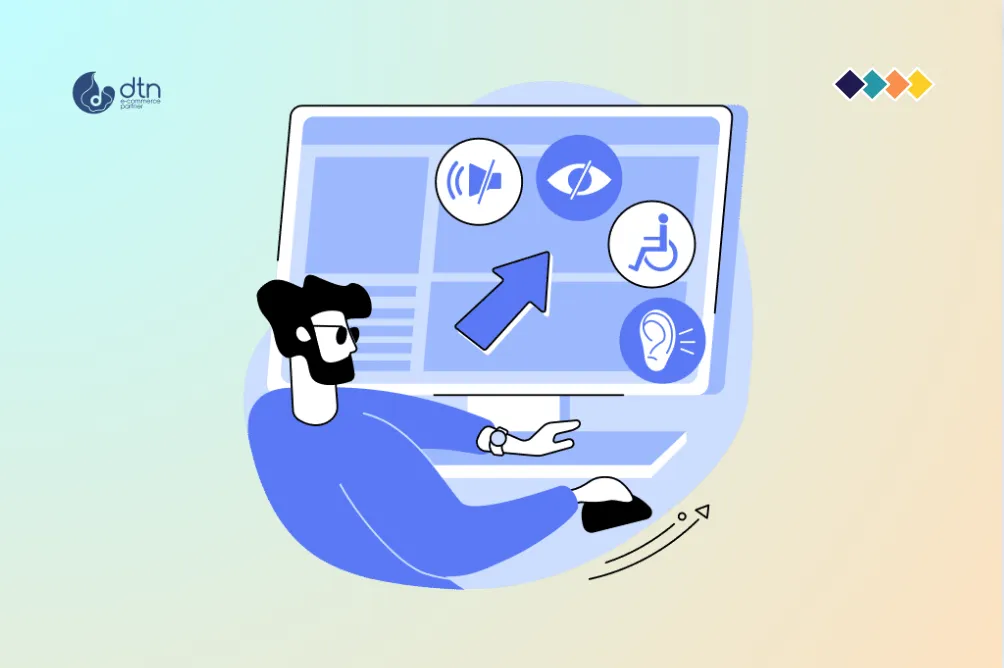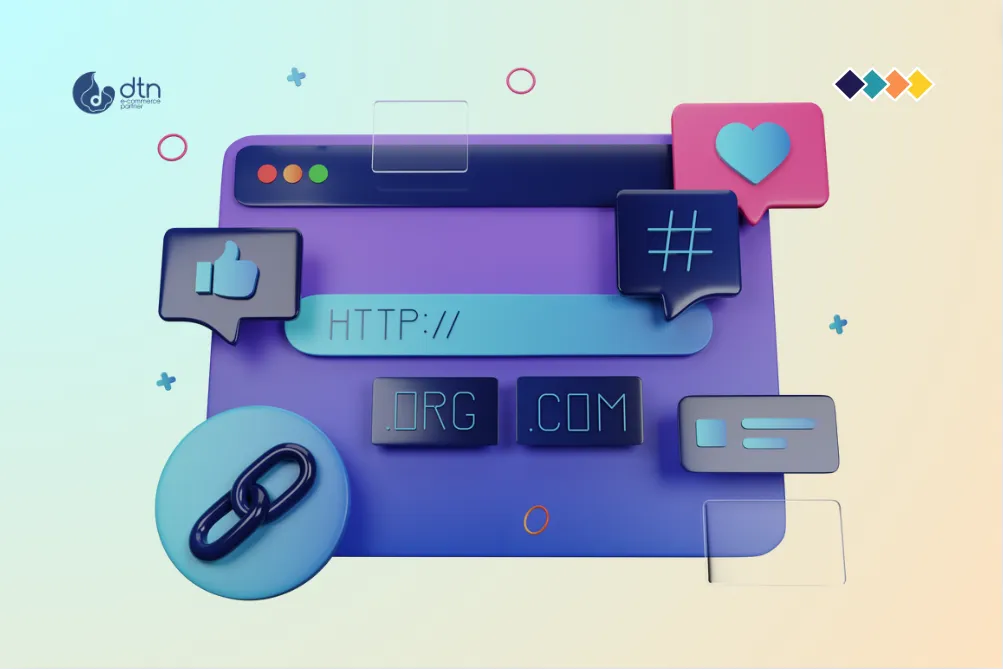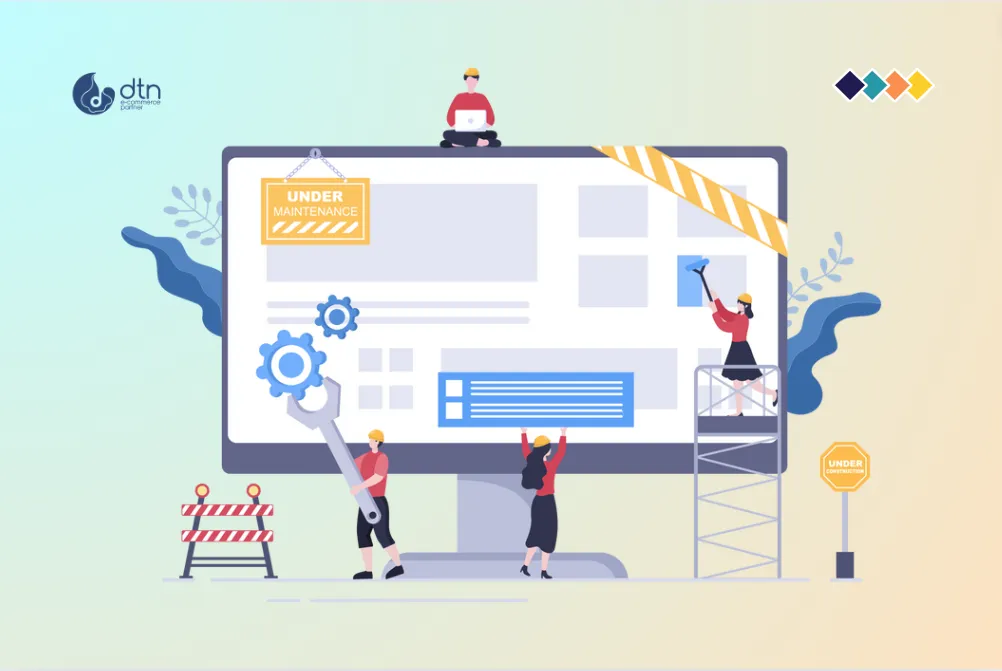The online world offers a vast marketplace, but for many individuals, this digital landscape remains inaccessible. Individuals with disabilities, including visual impairments, motor limitations, and cognitive differences, encounter significant barriers to navigating e-commerce websites. This not only limits their purchasing power but also represents a missed opportunity for businesses to reach a broader customer base.
This blog post will delve into the critical aspects of e-commerce website accessibility audits and improvements. We’ll explore the “why,” the “what,” and the “how” of building inclusive digital storefronts that cater to everyone.
Table of Contents
Why is E-commerce Accessibility Crucial?
- Legal Compliance: The Americans with Disabilities Act (ADA) and other global accessibility regulations require businesses to provide equal access to their services, including online platforms. Failure to comply can result in legal action and significant financial penalties.
- Expanding Customer Reach: By making your website accessible, you tap into a diverse and potentially lucrative customer segment. This can lead to increased revenue, brand loyalty, and positive public perception.
- Ethical Responsibility: Every individual deserves equal access to the digital world. Creating accessible e-commerce experiences demonstrates your commitment to social responsibility and inclusivity.

What to Look For in an E-commerce Accessibility Audit
A comprehensive accessibility audit should thoroughly evaluate your website’s adherence to accessibility standards.
- Visual Elements:
-
-
- Color Contrast: Ensure sufficient contrast between text and background colors for users with visual impairments.
- Image Descriptions: Provide alternative text (alt text) for all images, allowing screen readers to convey their meaning.
- Font Size and Readability: Choose legible fonts, offer adjustable text sizes, and avoid complex layouts that are difficult to navigate.
-
- Navigation:
-
-
- Keyboard Accessibility: All site elements, including menus, buttons, and forms, should be fully navigable using only the keyboard.
- Logical Structure: Utilize HTML semantic tags (e.g., headings, lists) to provide clear structure and enable screen readers to understand the content flow.
- Clear Links: Use descriptive and concise link text, avoiding vague phrases like “Click here.”
-
- Forms and Interactions:
-
-
- Form Labels: Provide clear labels for all form fields to assist users with visual impairments or cognitive disabilities.
- Error Handling: Offer informative error messages when forms are submitted incorrectly.
- Interactive Elements: Ensure that all interactive elements (e.g., buttons, dropdowns) are easily identifiable and accessible.
-
- Multimedia:
-
- Video Captions: Provide closed captions or transcripts for all video content.
- Audio Transcripts: Offer textual transcripts for audio files.
- Alternative Formats: Consider providing alternative formats for multimedia content, such as downloadable audio versions of written materials.

How to Improve E-commerce Accessibility
- Use an Accessibility Testing Tool: Utilize online tools like WAVE, Lighthouse, and aXe to identify accessibility issues automatically.
- Incorporate Accessibility into Design: Prioritize accessibility from the initial design phase, considering the needs of diverse users.
- Train Your Team: Educate your web development team on accessibility best practices and empower them to create inclusive designs.
- Seek Expert Guidance: Consult with an accessibility expert to conduct a comprehensive audit and provide tailored recommendations for improvement.

Common E-commerce Accessibility Challenges and Solutions
- Complex Product Navigation: Utilize clear categorization, search functionality, and filter options to help users easily find products.
- Challenging Checkout Process: Ensure a streamlined checkout process with clear instructions and options for accessibility features like screen reader compatibility.
- Limited Customer Support: Offer accessible customer support channels, such as live chat with text-based communication options, and ensure all support materials are accessible.

The Benefits of an Accessible E-commerce Experience
- Increased Customer Satisfaction: Accessible websites improve the user experience for everyone, leading to higher satisfaction and loyalty.
- Enhanced Brand Reputation: Demonstrating commitment to accessibility builds trust and strengthens your brand image.
- Improved Search Engine Optimization (SEO): Accessibility practices can enhance your website’s SEO, making it more visible to a broader audience.

Conclusion
Building an accessible e-commerce website is not just a legal obligation, but a vital step towards creating a truly inclusive digital world. By prioritizing accessibility in your design, development, and content, you can unlock the potential of a diverse customer base and establish your business as a leader in ethical and inclusive online commerce.
Frequently Asked Questions
We’ve compiled a list of answers to common questions.
Why is accessibility crucial for e-commerce websites?
Accessibility is essential for e-commerce websites to ensure legal compliance with regulations like the ADA, expand customer reach, and demonstrate ethical responsibility by providing equal access to all users, including those with disabilities.
What are some key areas to focus on during an e-commerce accessibility audit?
Key areas to focus on include visual elements (color contrast, image descriptions, font readability), navigation (keyboard accessibility, logical structure, clear links), forms and interactions (form labels, error handling), and multimedia (video captions, audio transcripts, alternative formats).
How can e-commerce businesses improve website accessibility?
Businesses can improve accessibility by using testing tools like WAVE or Lighthouse, incorporating accessibility into the design phase, training the web development team on best practices, and seeking expert guidance for comprehensive audits and tailored recommendations.
What are common challenges in e-commerce accessibility and their solutions?
Common challenges include complex product navigation, which can be addressed with clear categorization and filter options; a challenging checkout process, which requires a streamlined and screen reader-compatible design; and limited customer support, which can be improved with accessible communication channels like live chat.
What benefits can businesses expect from creating an accessible e-commerce experience?
Benefits include increased customer satisfaction, enhanced brand reputation, and improved SEO, which can lead to higher visibility and loyalty from a diverse customer base.



